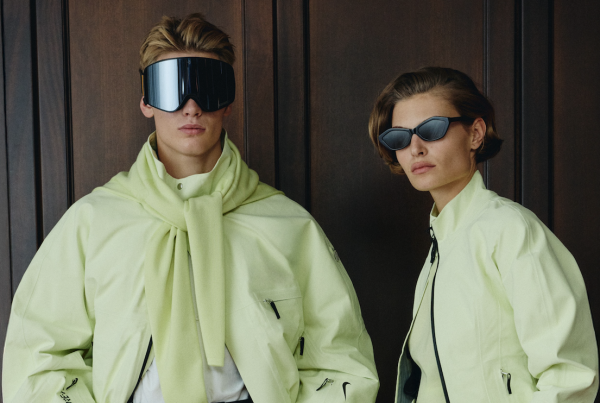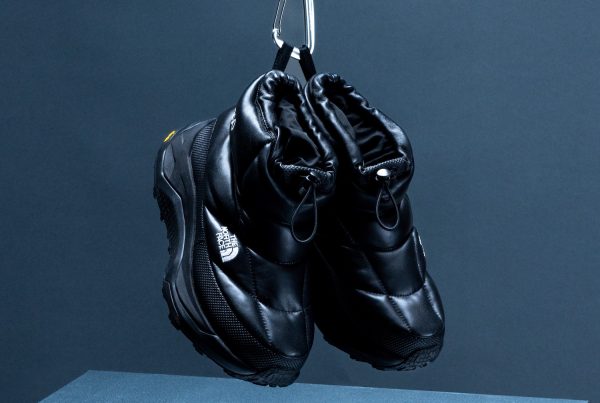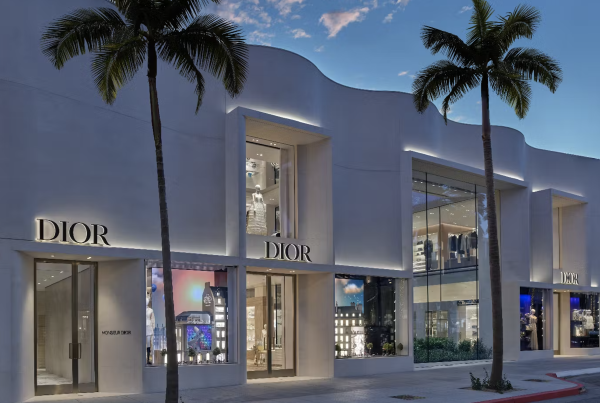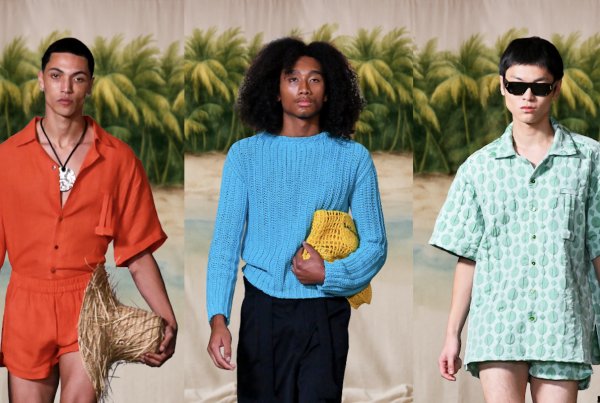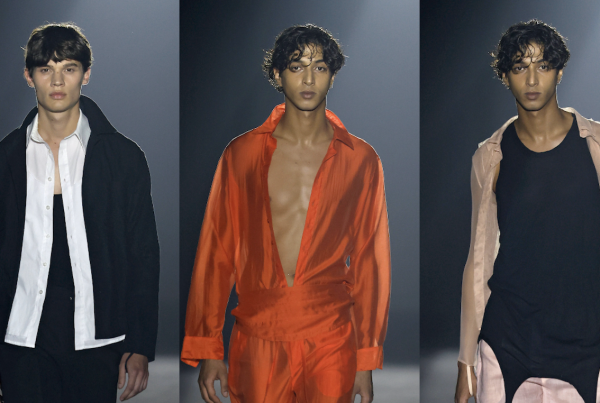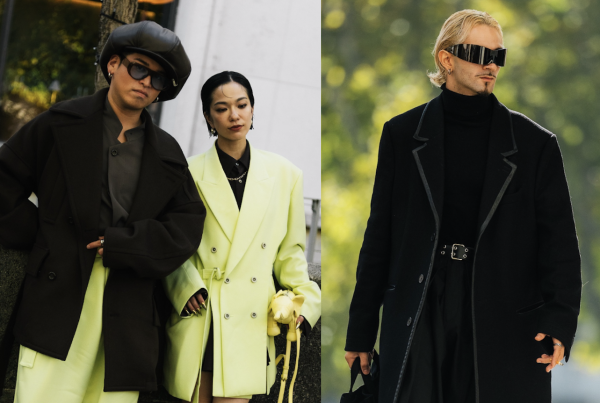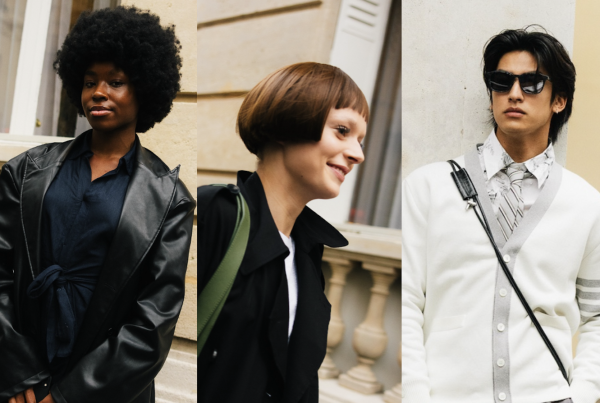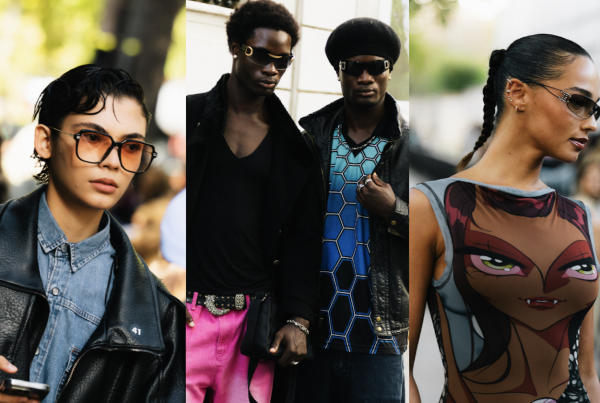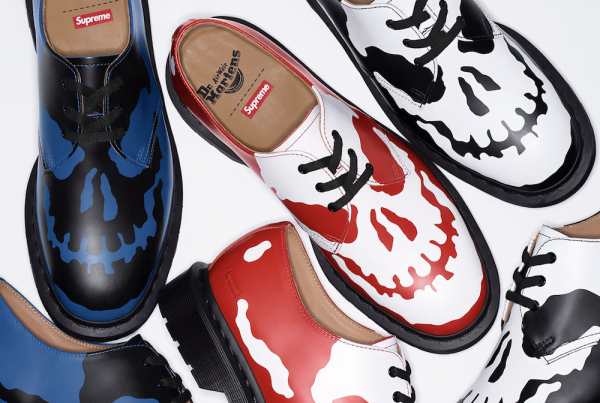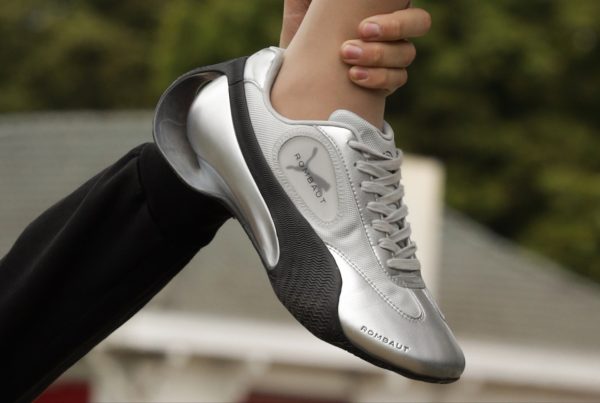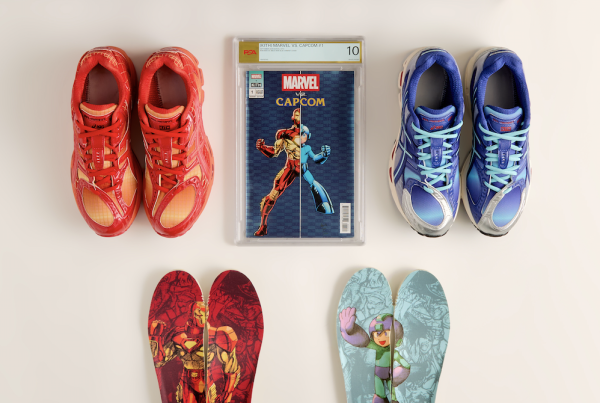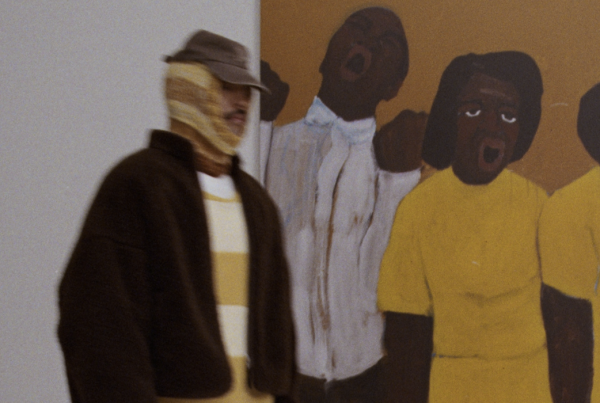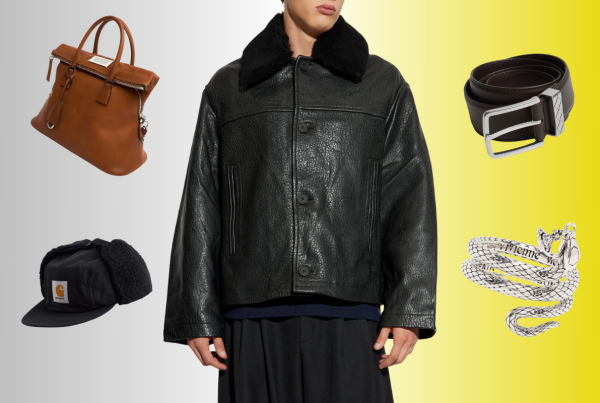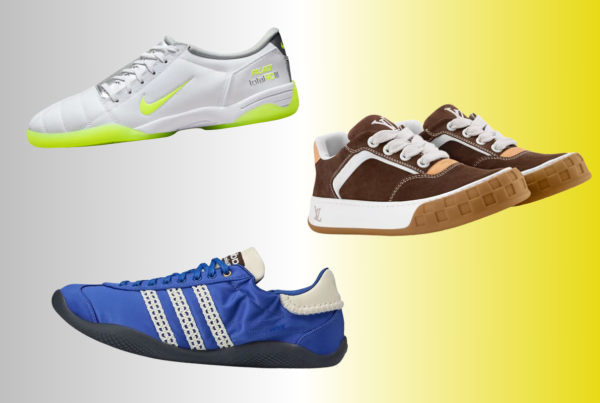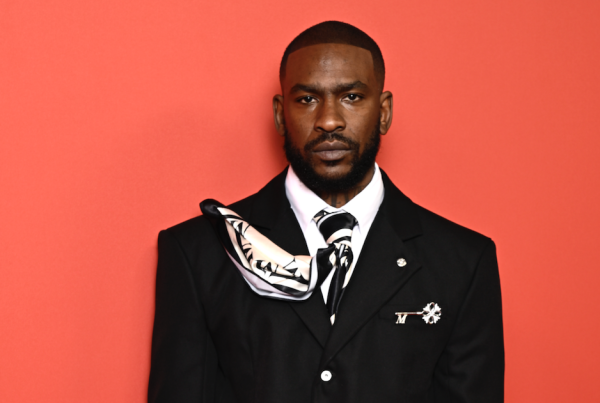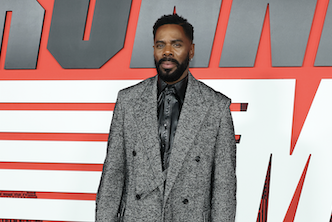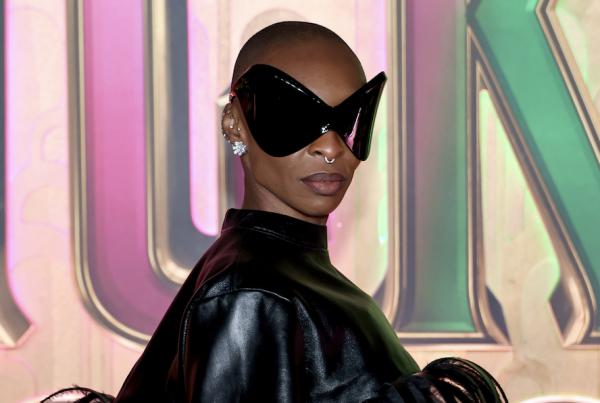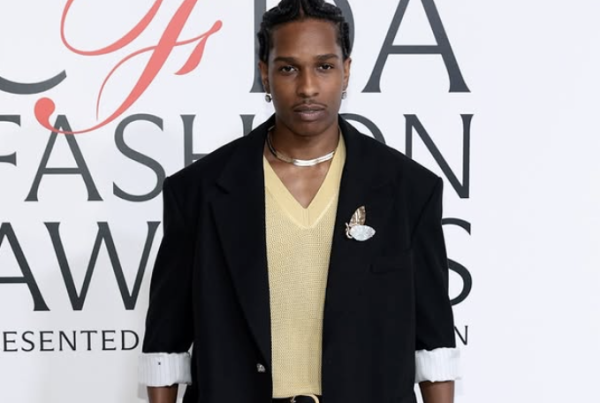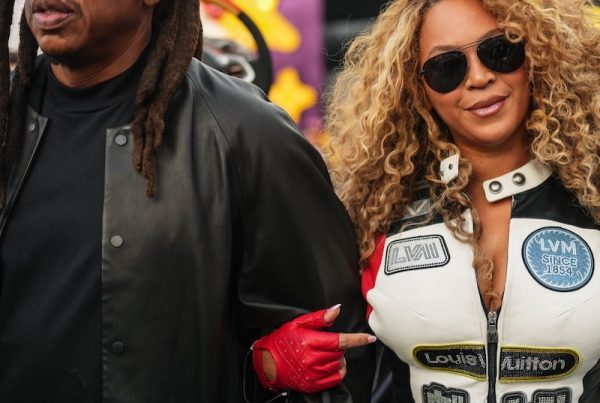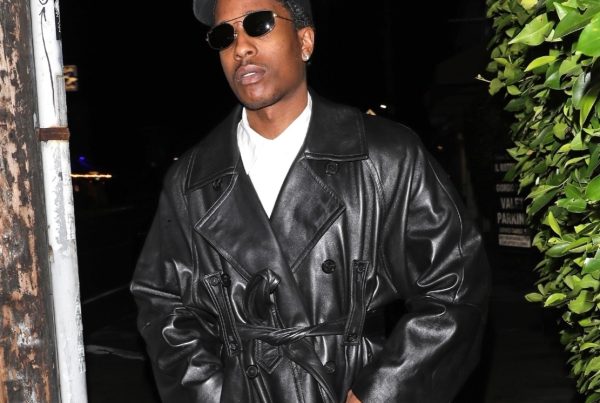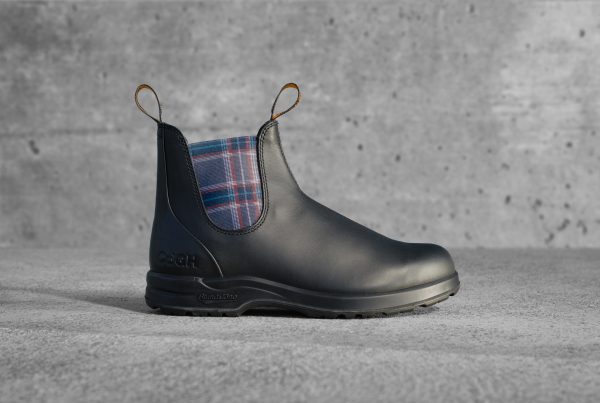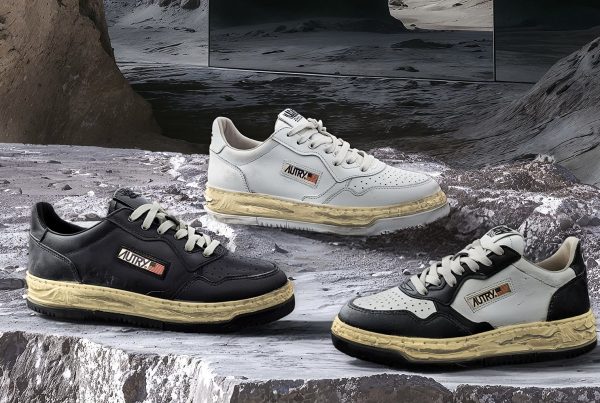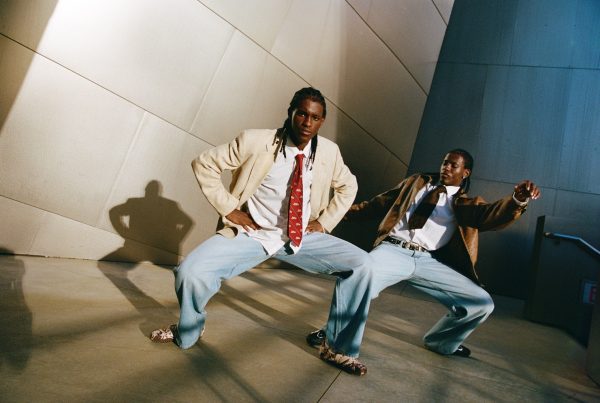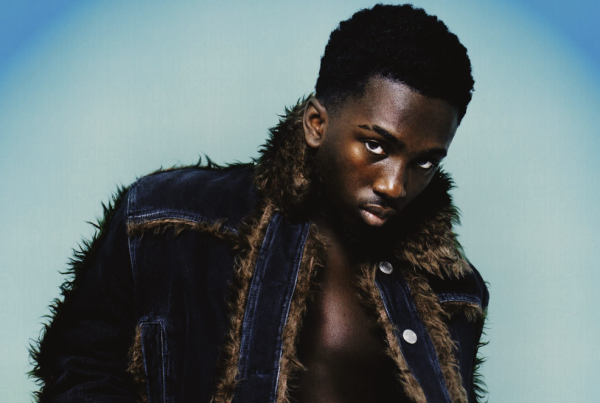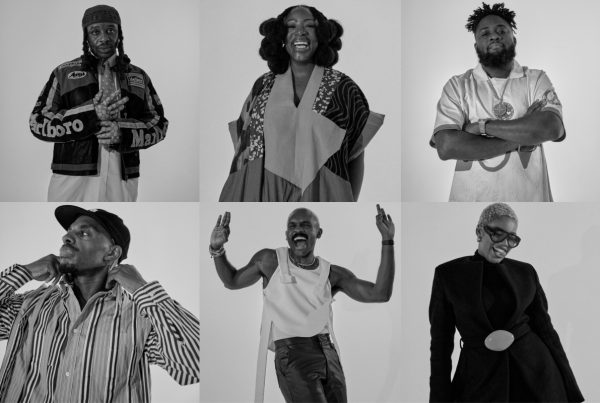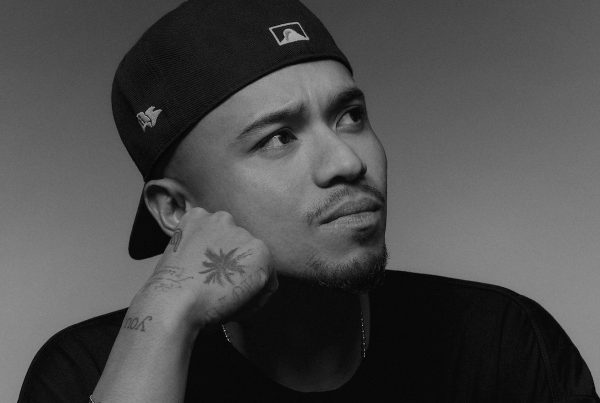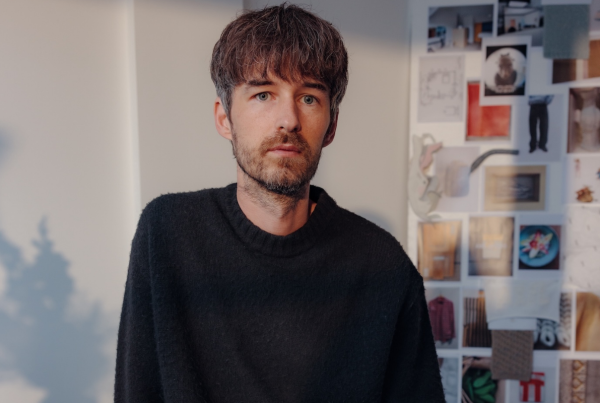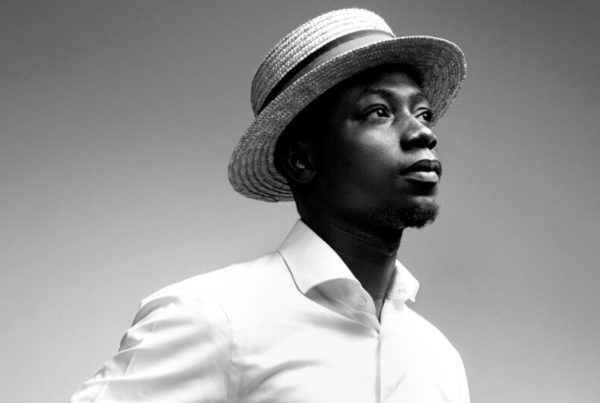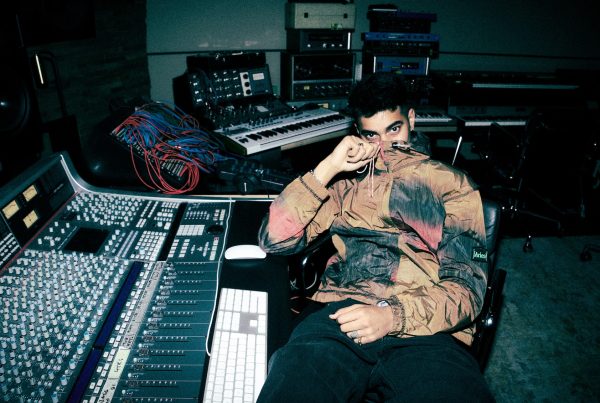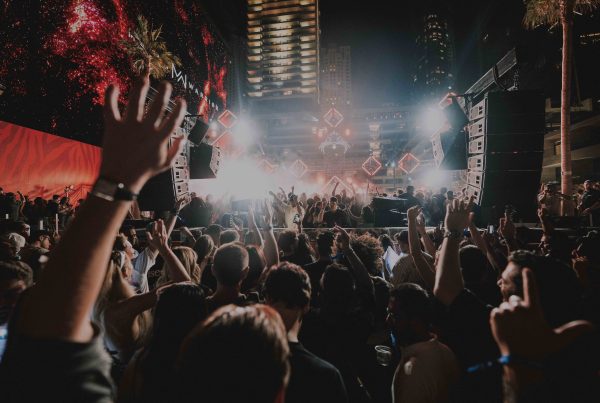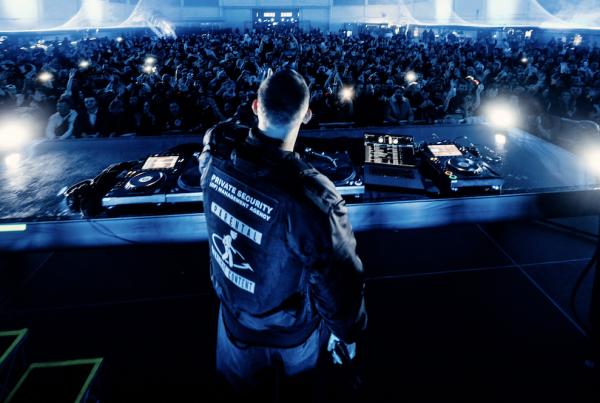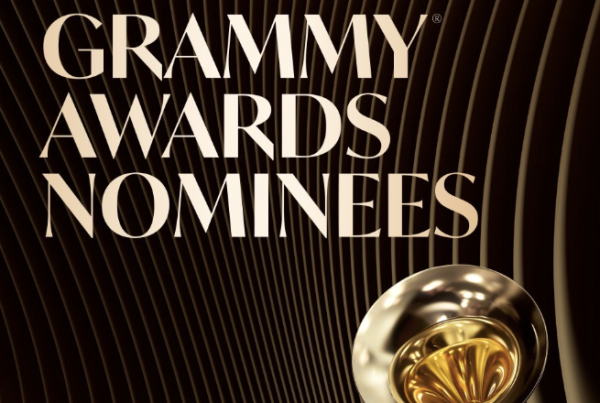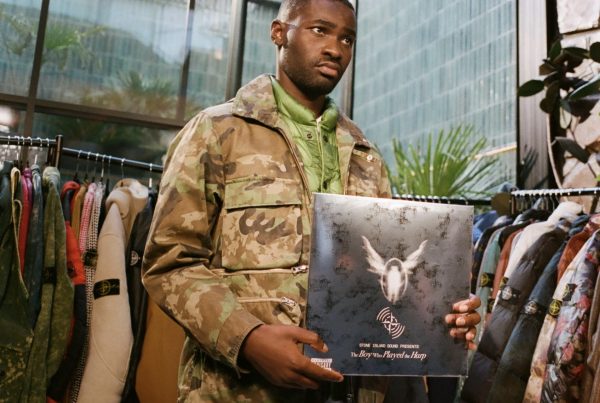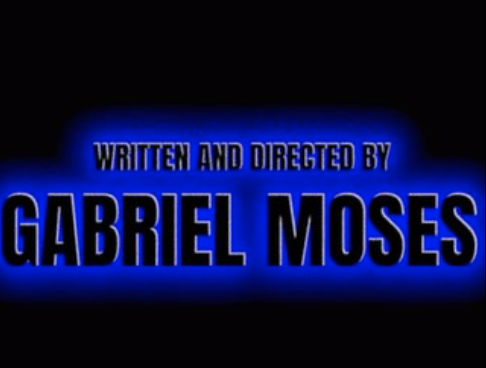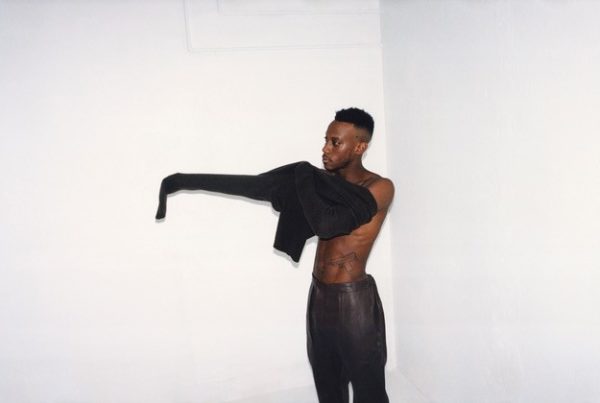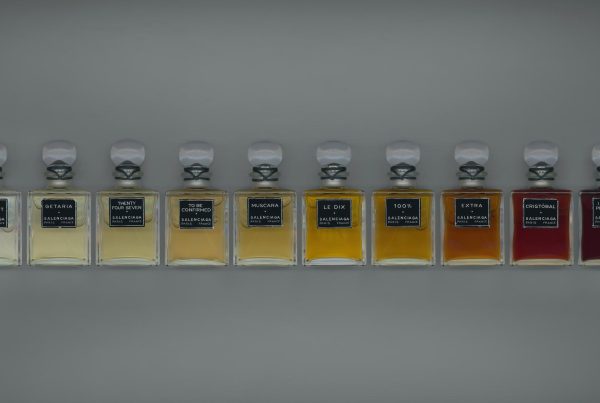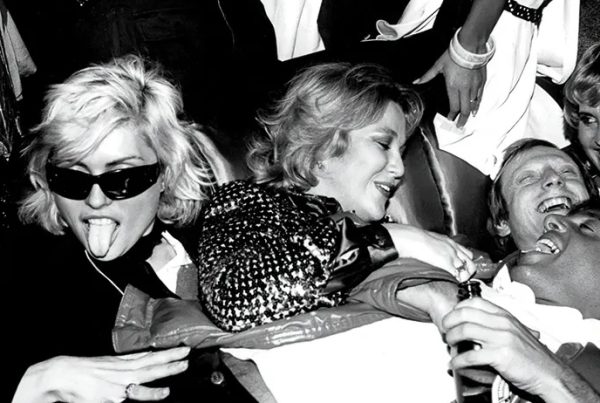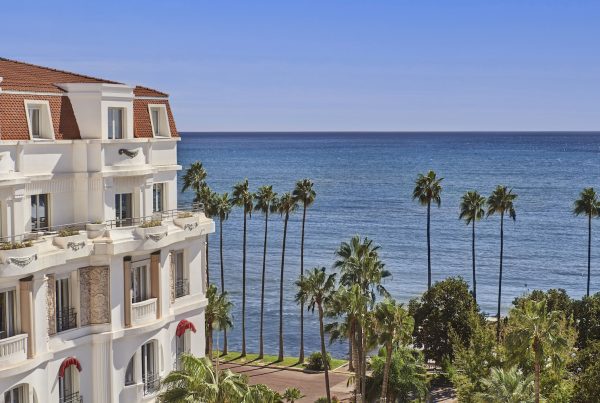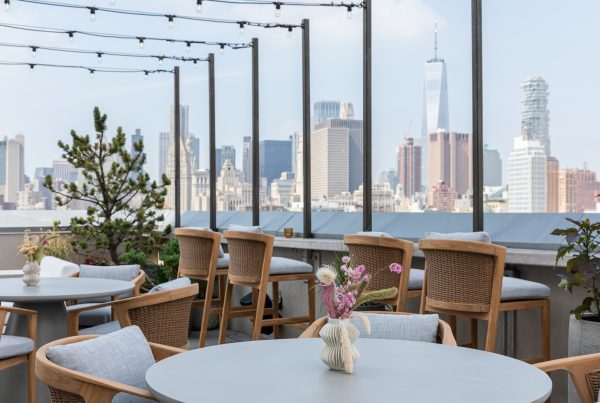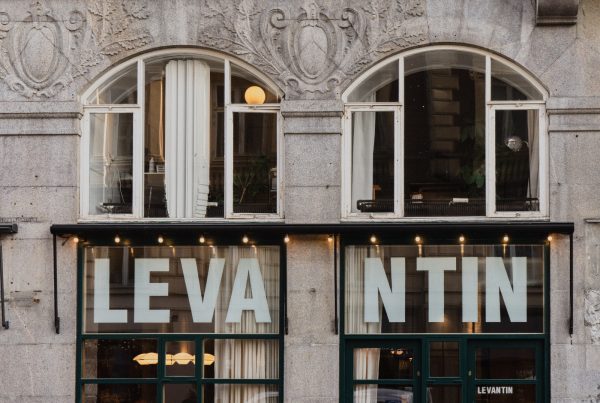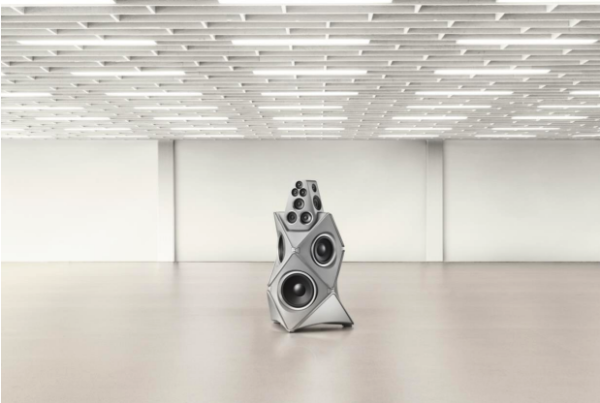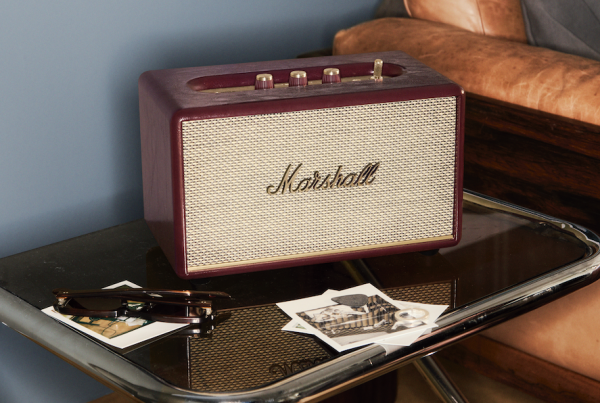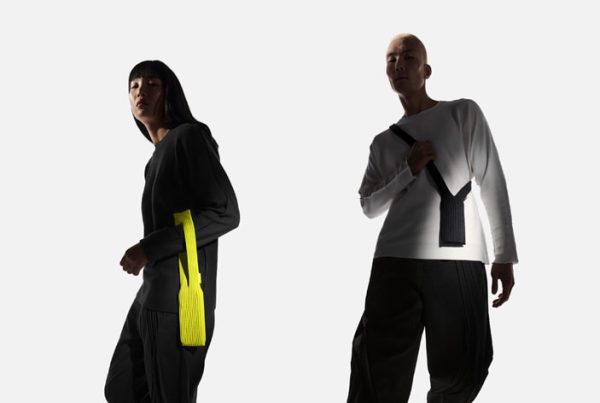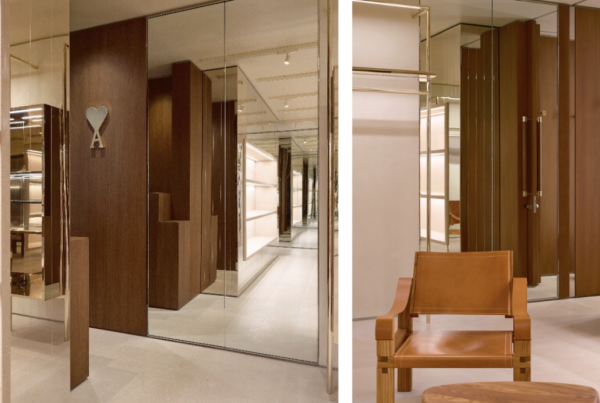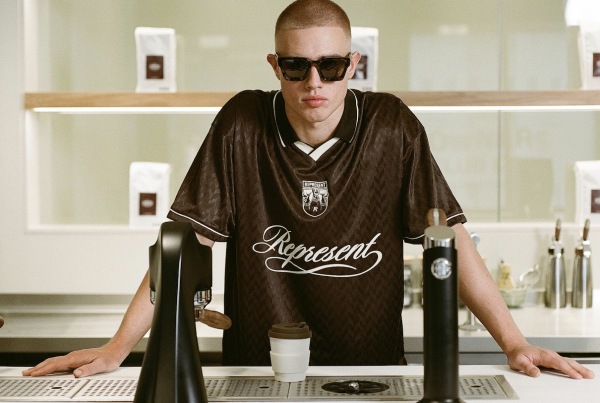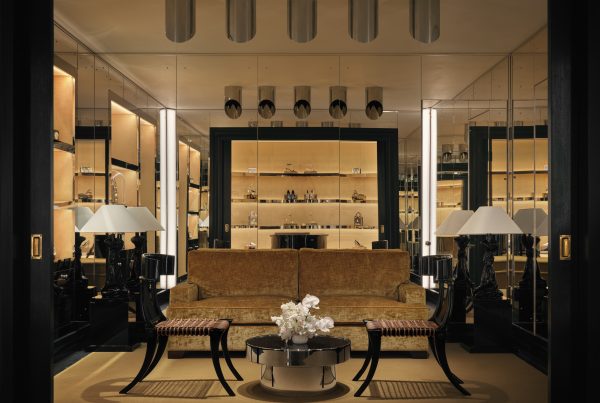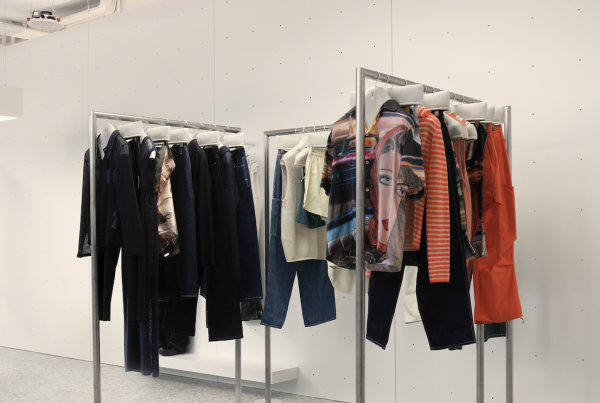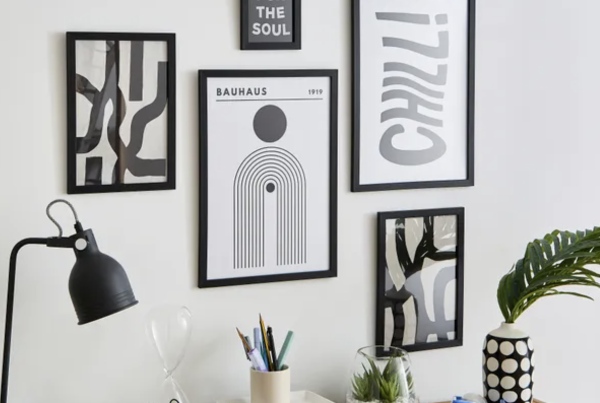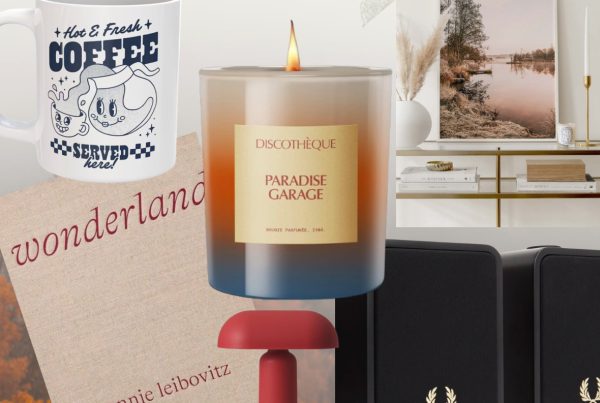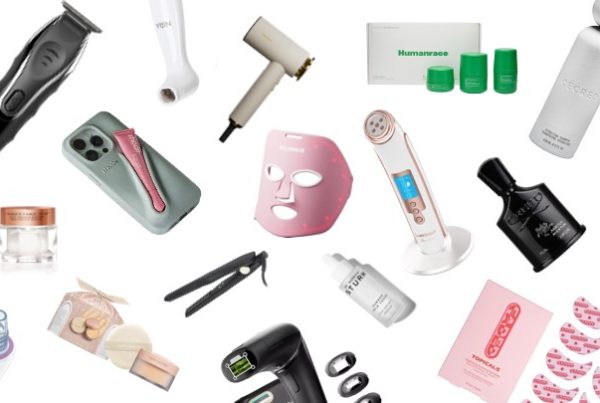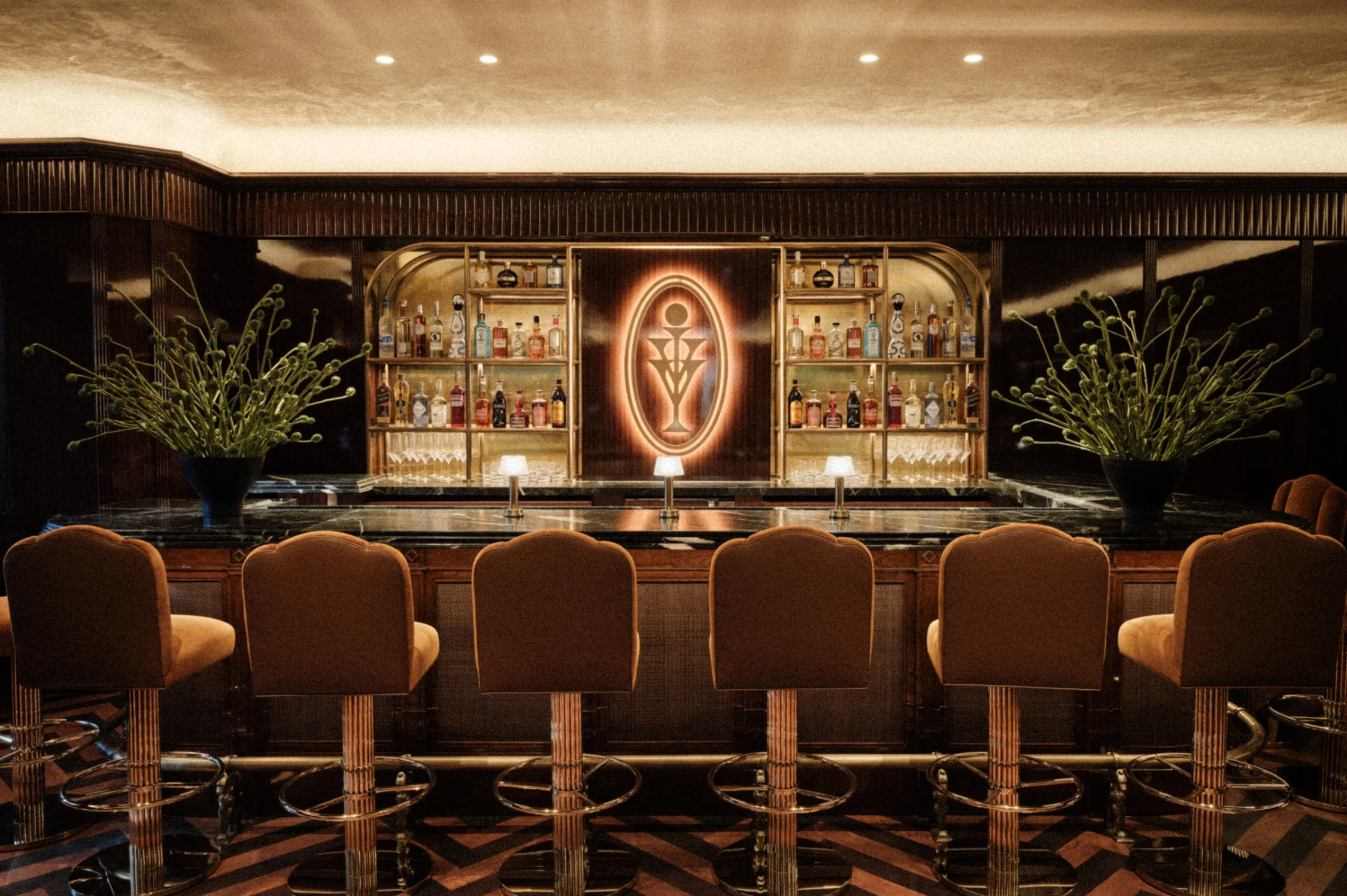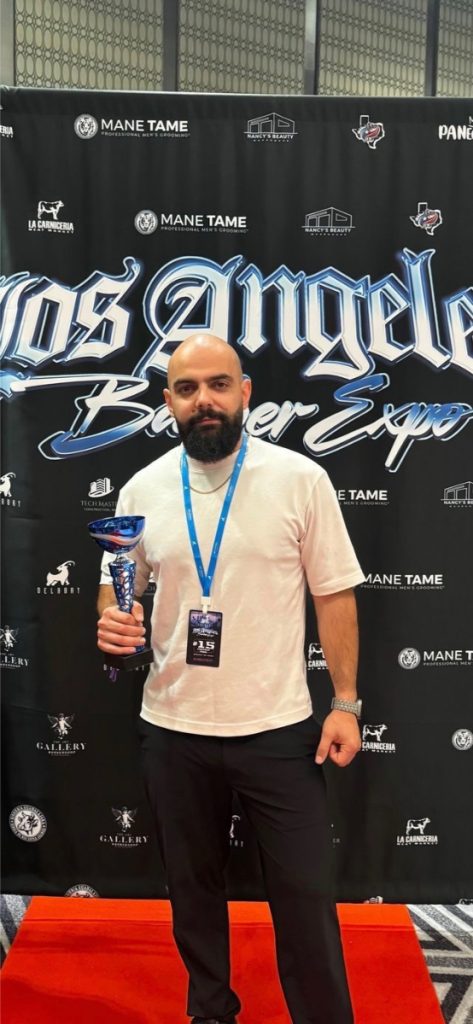
From winning gold at the Los Angeles Barber Expo to coaching celebrity stylists, Gaik Vardanian shows that speed, precision, and culture can coexist in a single haircut.
At the Los Angeles Barber Expo, America’s largest barbering competition with 5,000 guests and 257 international contestants, most barbers use every second of their allotted 15 minutes to complete a perfect fade. Gaik Vardanian finished his in 11 minutes, spent the extra four refining microscopic details, and won gold.
This victory represents more than personal achievement. Gaik, senior barber and manager at London Barbershop in Los Angeles, has developed the Fast Cut Technique that’s reshaping grooming economics globally. Since implementing it at his shop, revenue jumped 76%. The numerous barbers he’s trained worldwide include stylists for Megan Fox and Cristiano Ronaldo’s wife. His client roster features Hollywood director Anthony Mandler (Rihanna, Drake) and French football captain Hugo Lloris.
The timing is perfect. Men’s grooming has moved from maintenance to identity statement, with Gen Z embracing the “broccoli cut,” a curly top with sharp sides that’s become ubiquitous, according to GQ. Even perms, dormant since the 80s, are surging back, with men leading the trend, The Guardian reports. In this context, Gaik’s ability to deliver world-class cuts in 30 minutes instead of 90 isn’t just efficiency; it’s meeting modern culture where it lives: fast, visual, and constantly documented online.
What makes a barber reduce service time by two-thirds while increasing quality? How does a local LA technique end up in the hands of celebrity stylists across continents? And why did judges like Carlos Estrella (million+ followers) and 10-time OMC world champions recognise this speed-focused approach as the future? We sat with Gaik right after his expo win to understand the philosophy, business model, and cultural shift behind the Fast Cut revolution.
Gaik, the Los Angeles Barber Expo is the largest barbering competition in the U.S., with over 5,000 guests and 257 international contestants in attendance. What did winning in the event mean for you and your barbering innovation, the Fast Cut Technique?
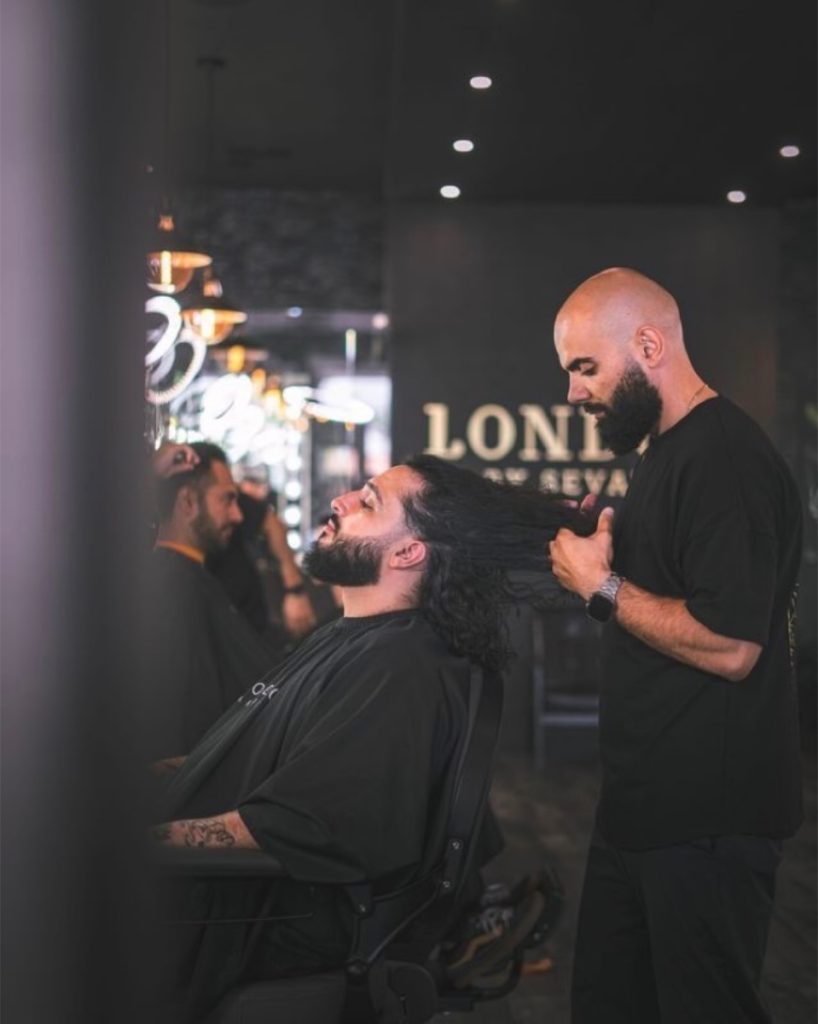
The industry usually comes to the expo to measure itself. For example, you have barbers coming from across the U.S., Europe, and Latin America with their own local styles and techniques. When you are competing at the expo, you are not merely displaying a haircut, but you are getting your name and your technique beside the finest in the world. So, winning gold at the competition shows that the Fast Cut Technique is not just a niche strategy, but it is known to an international audience. It also proves that my method is legit and widely accepted.
The Fast Fade category, where you competed, is known for putting a lot of pressure on contestants. For example, you had only 15 minutes to create a perfect fade in front of industry giants, but you finished it in just 11 minutes. What did that prove?
The Fast Fade is one of the most brutal categories at the expo. This is because there is no room for error. In just 15 minutes, you have to make a clean, blended fade, which normally takes barbers an hour. To cap it all, you are on stage with cameras, thousands of audience, and judges with decades of barbering experience. The majority of competitors use the entire 15 minutes, and they still end up making little mistakes. I completed mine in 11 minutes, and this afforded me four minutes to work out the minutest details. That is where the Fast Cut Technique proved its strength. It provided me with speed and control in an environment where the majority of people can barely keep pace.
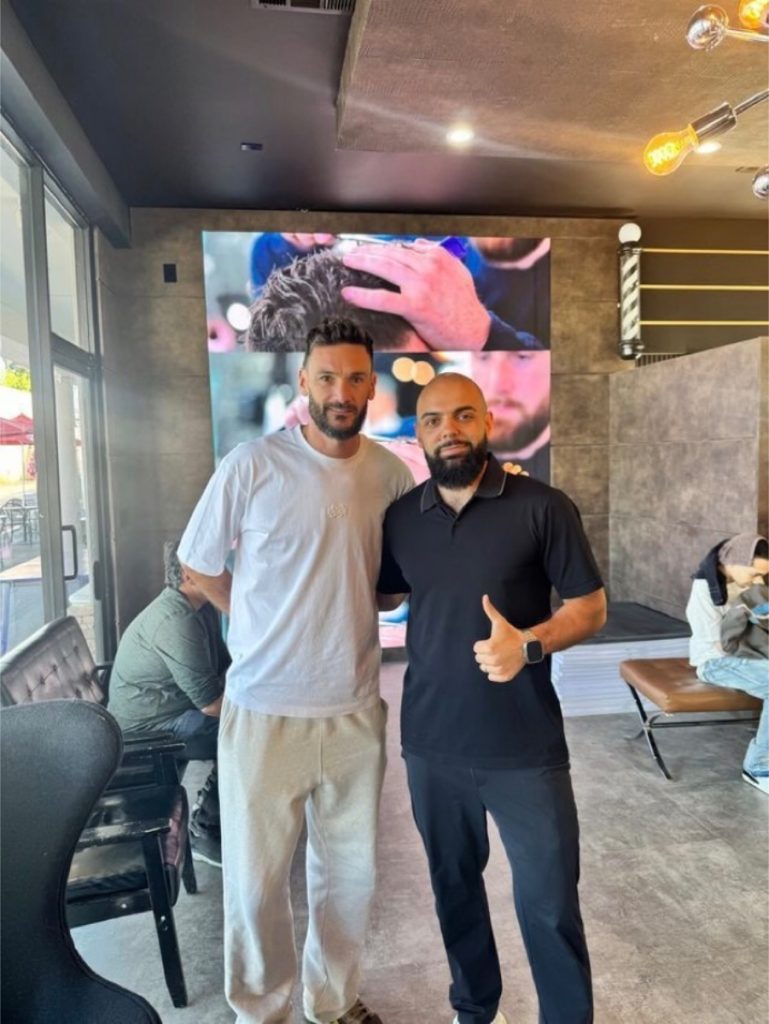
Your work was evaluated by a world-renowned jury, including Carlos Estrella, Antonio Vaz, Anahi Portillo, and Jonathan Reyes. These are people with decades of experience in the industry. How do you feel about their recognition of your work?
These people were not just ordinary judges. Carlos Estrella is one of the most famous barbers in the world, with more than a million followers and a career that determined the course of modern fades. Antonio Vaz is a well-known barbering school owner in Nevada, who has provided training to hundreds of barbers. Jonathan Reyes has a reputation for introducing creativity in competitive barbering, while Anahi Portillo has carved a niche for herself in an industry that is increasingly being dominated by men. So, it was not easy for them to watch my process, evaluate the output, and still give me gold. The win, therefore, is proof that my method was not just fast or flashy, but something that met the standard set by these people who are experts in the field and know what great barbering is all about.
Other winners at the expo include people from Italy, Croatia, Puerto Rica, and even a 10-time OMC world champion. What impact did sharing the same stage with these kinds of people have on you?
It reminded me that barbering is an international language. I never believed that one day, I would be standing next to people like Agosta Bartolomeo of Italy, Maksimović Delici of Croatia, and Calvin Arcay of Puerto Rico, who won OMC world titles 10 times. Each of them brought a style based on their culture: the high Mediterranean accuracy, the adventurous European flair, the imaginative Caribbean feel. It was great to win in my category. It was equally amazing to be part of that lineup. This shows that barbering is changing all over the world, and my Fast Cut Technique is known not just in LA but around the world.
A lot of barbers have a personal system, but you have created one that can be taught to others. How does the Fast Cut Technique change the way shops and barbers work?
It changes everything at London Barbershop, a cut used to take us one and a half hours to complete. Now, my system helps us do it much faster, reducing the time by two-thirds. That means more bookings for our shop and more time for our barbers. Our customers now know that they can still have a high-quality haircut in busy Los Angeles. Barbers are also happy that they can attend to more customers and earn more money. In just about a year, our revenue grew by 76%. However, the cultural effect is greater. People now know that they can enter a barbershop and get world-class results within an hour or so. This has changed what they used to know about barbering. It is no longer just maintenance but efficient luxury.
You have trained more than a variety of hairdressers in different countries, and your methodology is certified and distributed in stores: Amazon, Wildberries, LitRes, and Ozon. These include not only your 30-person team at London Barbershop, but also stylists who have worked with Hollywood movie stars and soccer icons. So, why is teaching such an important part of your job?
Education is the best legacy you can give anyone. Competitions test me, but teaching multiplies me. I have trained stylists such as Ruslan Nureev, who shaves Megan Fox and the wife of Cristiano Ronaldo. So, when they use my technique on those people, they multiply my presence. I have also had the pleasure of training barbers who returned to their shops and immediately changed how they work. As a result, they had more bookings, retained more customers, and became more efficient. For me, teaching means both imparting skills and improving the standard in the industry. When every barber in the world is able to save time and, at the same time, increase the quality of their services, then I know that my Fast Cut Technique is defining the future of grooming, not just my career alone.
Now, your clients include Anthony Mandler, who has directed for Rihanna and Drake, and Hugo Lloris, the French national football captain, goalkeeper, and World Cup champion. Together with the celebrity reach of your students, your work has transcended cultures. What do those experiences tell you about grooming at the highest level?
They remind me that hair is part of identity at all levels. Anthony Mandler oversees the visual language of other artists such as Rihanna and Beyoncé. So, his own appearance must have the same creative authority. Then, whenever Hugo Lloris is on the pitch, he represents France. Hence, his image is associated with national pride. And when my students apply the Fast Cut Technique to others like Megan Fox, the results are photographed, shared, and remembered. So, at that level, you know that barbering is not merely grooming, but it is communication. It conveys messages about strength, resourcefulness and self-confidence. That is the reason why I treat everyone, irrespective of their status, with utmost seriousness as though they are about to hit the stage.
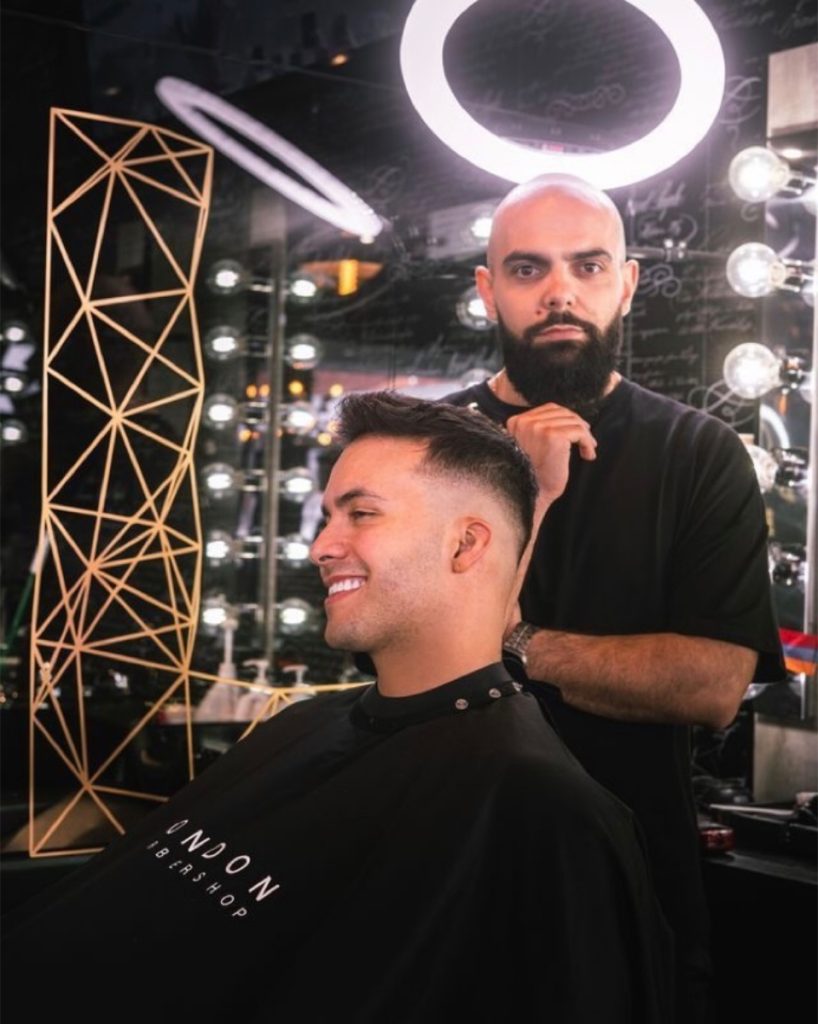
At London Barbershop, you are not just cutting; you are managing. What are some of the choices you have made as a senior barber that influenced the growth of the shop?
Once I became a manager, I knew that the shop required order and direction. So, I applied the Fast Cut Technique, and it increased our productivity. However, I also wished that we should stand out as a premium space. That is why I insisted on private glass-enclosed stations. They do not merely give the client the privacy they need, but they also create a sense of exclusivity. I also made education a part of our culture. Today, all the barbers in our team are aware that growth is not something optional, but it is the norm. So, those changes led to a 76% increase in our revenue. More importantly, it made London Barbershop more than just a place to get a haircut, but a brand with identity and status.
Now, barbering and street style are closely connected. As an expert in your field, how will grooming influence men’s fashion today?
One of the accessories you can never remove is hair. You may change your clothes every day, but your cut frames your face each day. In LA, I get clients who want fades or crops that resonate with their sneakers, music, and social media presence. Barbering has already become a topic of discussion in today’s fashion because it is now an important part of identity, just like streetwear was in the early 2000s. That is why I always tell people that barbering is no longer separate from fashion, but it is fashion itself.
Today, street style and men’s fashion are already centred around barbering. What do you think the industry will look like in the year 2030?
By 2030, barbering will no longer be a local craft; it will be a global discussion. We are already seeing systems such as my Fast Cut Technique making their way into masterclasses and social media, but we will see more of that in the next few years. Then, a barber in LA will be able to learn from a barber in Tokyo or São Paulo in real time. Clients will also make that change happen. For example, no client will want a barber who will spend 90 minutes shaving them when someone else can do it even better in 30 minutes.
Again, technology will play a part. At that time, barbers will likely use AI and AR for virtual consultations or use smart devices to help them shave clients more precisely. However, these tools will not replace their skills. Instead, they will complement them.
Author: Maria Ivanova

